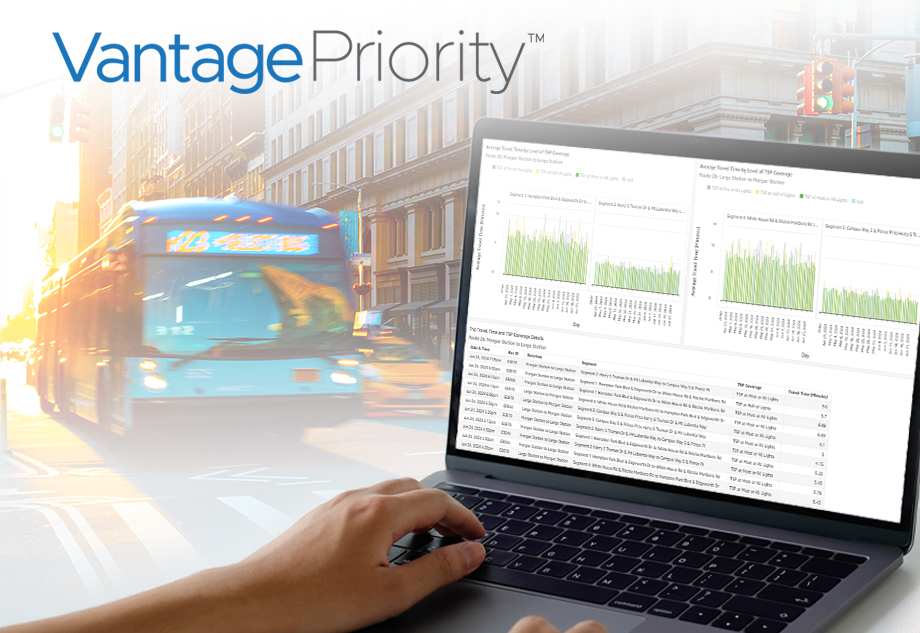
Don’t Leave Funds on the Table: Navigating the SMART Grant Program

The Bipartisan Infrastructure Law (BIL, a.k.a. IIJA) has ushered in a groundbreaking opportunity for cities and communities across the United States to embrace cutting-edge technologies and systems. The Strengthening Mobility and Revolutionizing Transportation (SMART) grant program, established under BIL, is set to fund demonstration projects with a strong focus on advancing smart city and community initiatives. Here we’ve outlined everything you need to know about what the SMART grant program offers and how Iteris can help you.
The SMART grant program allocates up to $100 million annually from FY22 to FY26 for eligible projects. Eligible applicants include states, political subdivisions, tribal governments, transit agencies, toll authorities, metropolitan planning organizations (MPOs), and groups of eligible recipients.
The program follows a two-stage structure:
Stage 1—Planning and Prototyping Grant: Offers funding ranging from $250,000 to $2 million over 18 months. This stage focuses on proof-of-concept, building partnerships, and demonstrating capacity.Stage 2—Implementation Grant: Provides funding up to $15 million over 36 months to scale prototypes, capture lessons learned, evaluate benefits, and work towards key performance indicators. For grant application assistance, contact an Iteris grant-writing specialist here.
Eligible Entities and Technology Areas
Eligible entities can collaborate across regions or geographies on similar projects, addressing common problems and sharing resources with industry, nonprofits, academic institutions, or community foundations. The grants cover various technology areas, including smart grid, sensor-based infrastructure, commerce delivery and logistics, smart traffic signals, coordinated automation, connected vehicles, and systems integration. Applicants are encouraged to focus on one or two technology areas, addressing identified policy barriers and workforce capacity building.
Successful Applications from FY22
Applications that succeeded in FY22 exhibited several key traits:
- Alignment with the program structure and a clear vision for Stage 2.
- Purpose-driven innovation that tackled existing problems.
- A transformational approach that leveraged existing technology and demonstrated innovation.
- Clear benefits to the community rooted in addressing transportation system vulnerabilities.
Key Changes for FY23
Notable changes for FY23 include an anticipated minimum award size of $250,000, clarified definitions for collaborative applications, and more detailed project description requirements. Applicants must also provide information on workforce impacts and anticipated National Environmental Policy Act (NEPA) requirements.
Getting Help
For agencies seeking assistance in securing a SMART grant, Iteris offers grant-related support, including grant writing assistance, project planning, and technology solutions—again, you can request that here.
For more information and to access the Notice of Funding Opportunity (NOFO), visit here. Act fast, as the application deadline is 5 p.m. ET on Tuesday, October 10, 2023.
About the Author

Breanna Wallace is manager of public relations and social media at Iteris.
Connect with Breanna Wallace on LinkedIn
 X
(Twitter)
X
(Twitter)
 Facebook
Facebook LinkedIn
LinkedIn Copy
Link
Copy
Link Email
Email

